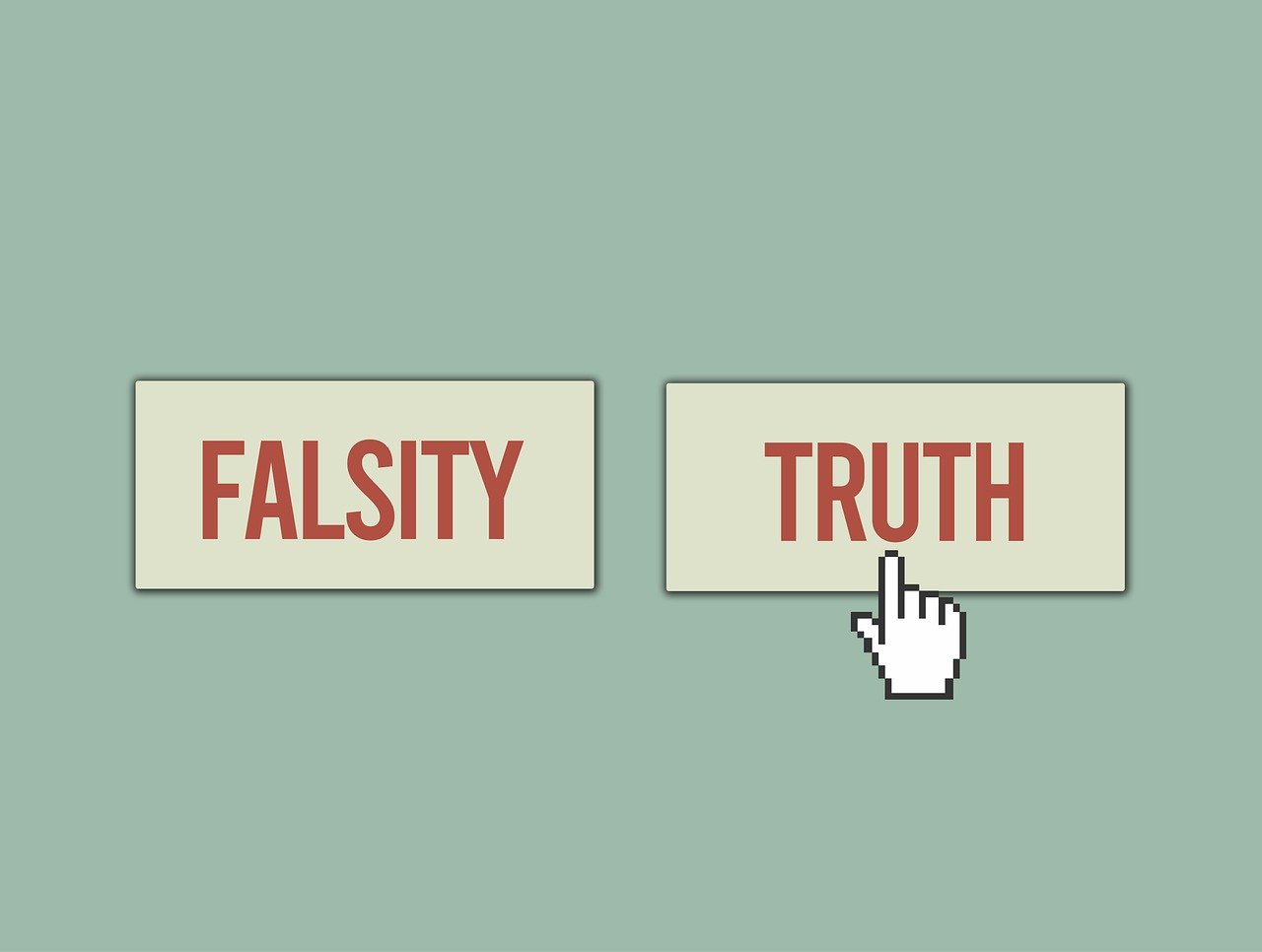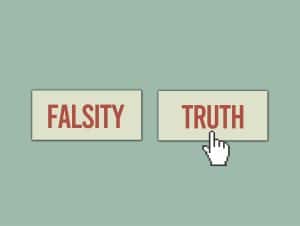In this series, we will focus on SEO and the process of optimizing your website. An important part of building any business is establishing oneself in their prospective market. In the modern world of internet commerce, search engine optimization is an important part of establishing a business on the internet and ensuring that content is reaching the largest audience possible. But what is search engine optimization? Before discussing the best ways to learn and improve upon Search Engine Optimization, it is important to learn and understand a few simple concepts. First off, the definition of Search Engine Optimization. It is defined by Reliablesoft.net as, “a set of rules that can be followed by website (or blog) owners to optimize their websites for search engines and thus improve their search engine rankings.”
One must also understand the simplistic version of the process through which Google ranks its searches and how that applies to web traffic. Consider the google home page, when you search something using their service, it pulls up a second screen with a list of pages that relate to or match your search. These searches can take up an entire webpage, and can even take up hundreds of pages depending on how broad or narrow the search is. Typically, the most popular or most visited pages will rank higher on the list; however, with proper technique any page can be optimized for better search engine ranking and performance. That is where Search Engine Optimization comes in, when properly used, it can help boost a page’s ranking and increase the number of traffic being directed towards that website.
Still not convinced of the need for SEO? Reliablesoft.net provides a list of reasons as to why SEO is an essential part of maintaining any website or blog, here are a few of their examples:
- The majority of search engines users are more likely to click on one of the top 5 suggestions in the results pages (SERPS), so to take advantage of this and gain visitors to your web site or customers to your online store you need to in the top positions.
- SEO is not only about search engines but good SEO practices improve the user experience and usability of a web site.
- Users trust search engines and having a presence in the top positions for the keywords the user is searching, increases the web site’s trust.
- SEO is good for the social promotion of your web site. People who find your web site by searching Google or Yahoo are more likely to promote it on Facebook, Twitter, Google+ or other social media channels.
SEO is not only about improving search result rankings, but it is also about making your website faster, more easily accessible, and more user-friendly. There are two main stages of SEO that will be briefly described in this blog post. The first stage applies to the website itself, and how it is designed, laid out, and optimized. The second stage applies revolves around the ranking and promoting of the website via advertising and other promotional methods to be discussed. To effectively move a website or blog in the search engine rankings, it is crucial to have a solid foundation in stage one before focusing too much on stage two, which is why stage one techniques will be discussed below.
Using Reliablesoft.net’s Search Engine Optimization Tips as a baseline, the following thirteen tips can be applied to any website or blog to improve its rankings on the various search engines.
- Page Titles and Descriptions are most often the first impression of a website or blog that people have. It’s important to make titles functional, descriptive, and appealing to any web traffic that happens across them.
- Permanent Link Structure may not be the first thing that people see when looking at a website or link on Google, but it is something that draws attention if they are attempting to share it. Links should be concise, but descriptive, being easy to read and understand. For example: example.com/What-Is-SEO would be an example of a good URL format, while www.example.com/232/whatisseo would be a poor example.
- Breadcrumbs are a simple way to help users navigate a website and either move forward along it or return to previously visited pages. For an example, breadcrumbs would look like Main Page>Topic>Sub-Topic.
- Internal Links are links within an article or text that link the user back to other content offered by the website. It is important to note that these aren’t navigational tools like breadcrumbs, nor are they links to other authors or sites. Make sure that links are relevant, easy to understand, and placed conservatively so as not to overwhelm the audience.
- Text Formatting is key in not only keeping the look of the site professional, but making sure that the format works universally across browsers, computers, and other electronic devices.
- 404 Pages are also important when operating a website, on the occasion that users enter a partial or incorrect link. Instead of being shown a generic 404 page which is not only separate in style and design from the rest of the website, but also has more information than the user needs or wants. A simple and personalized 404 page can keep users engaged in the sight and presents a better first impression than a generic browser 404 page.
- Image Optimization is a key presentation tool when applying images to a blog post or website. It is important that images are given proper names and descriptions, again being concise and taking care not to overload the reader with too many unnecessary details. It is also important to take care of the image presentation itself, making sure that it is properly sized and formatted.
- Page Speed is crucial to a user’s first impression of a website. If a page doesn’t load quickly or properly, users may draw unfair conclusions about the website’s professionality or overall quality. Making sure that pages don’t have any unnecessary plugins or images can help improve loading speed and search engine rankings.
- Getting Links from Other Websites is perhaps one of the most difficult steps of internal Search Engine Optimization. However, it is also one of the most important. When other websites link to your own, it helps build credibility and stands out to Google’s algorithms as more reliable or more authoritative.
- Mobile Friendly websites are growing increasingly important in the age of smartphones and tablets. As many people turn to quick searches on their phones as an alternative to pulling out a laptop or siting down at a computer, it is crucial to make sure that a blog or website can be properly viewed and is easily accessible on mobile devices.
- User Sitemaps are a helpful way to help users navigate websites and view a master list of all pages and topics on the site. This can also help organize the site into specific categories and topics for easier navigation between ideas or segments of the site.
- Content, no website is worth anything without quality content. Content is what drives people to click on links, navigate pages, and pay attention to what is being viewed. It is important to keep content unique, relevant, and appropriate towards targeted audiences.
- External Links are an easy way to lend credible to a website or blog and its contents. By providing links within a site, users are able to verify any information and research further on the topic if so desired.
First Stage Search Engine Optimization is a proven way to optimize a site for users to better enjoy their experience and to boost its search engine rankings. By following the above steps, it is possible for websites to operate smoother and more efficiently, and to climb the search ranking ladder. If you are interested in learning more about Stage One Search Engine Optimization, or just more in-depth information about SEO in general, the following links may be of assistance.
Forbes: How to Teach Yourself SEO
CIO: Top 25 Tips for Better SEO
Looking for better search engine rankings? Learn how with our course Crazy For SEO or contact us now for a customized SEO proposal from our expert team.



















